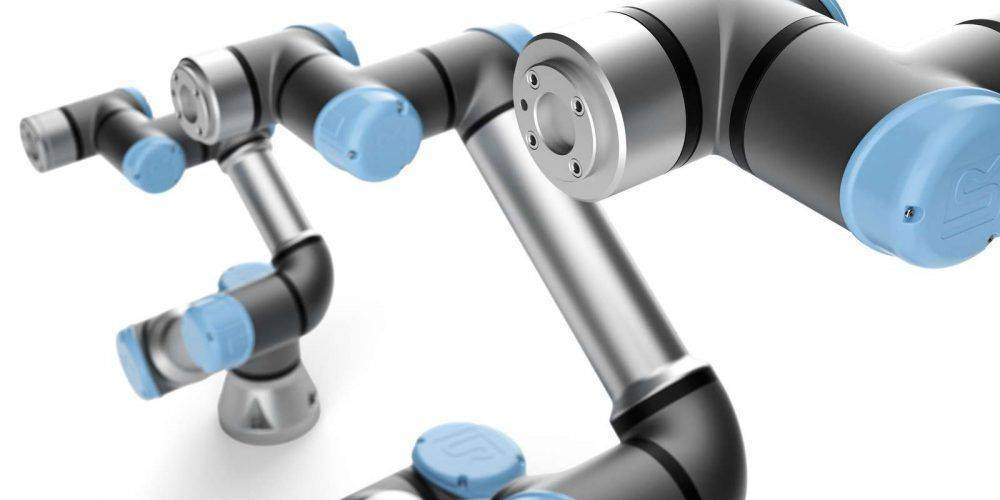
Automation went a step further when the traditional robots transitioned into cobots or collaborative robots. Cobots by design should work hand in hand with their human colleagues in a collaborative workspace.
The world’s population has grown a lot in the past decade and continues to grow. The demand for food is on the rise and the food industry has to maximize its production. The use of cobots in food production is very important in the food supply chain, which combines producing, processing, and distributing.
Cobots are uplifting the agriculture and food industries to modern and sophisticated technology. Most industries have moved ahead, automated their processes for improved production. Agriculture is not far behind; industrial robots for sale are numerous and suited for different purposes.
Cobots’ applications in the agricultural field are varied:
1. Planting
Planting is the beginning of the production journey. It starts with tilling the land and planting the seeds by either planting them in holes or scattering them abroad, hoping most will grow. This was the origin of agriculture, as we know it. It was tedious and needed a huge workforce. Farming commercially meant spending more money on labor.
Tractors came along to make work easier, and then came cobots. Cobots are compact and can easily navigate the farm. The cobots can be programmed to harvest in small areas.
2. Watering
The planted seeds and the seedlings need water to grow properly. Water is increasingly becoming scarce and we have to conserve it. Cobots, being small and compact, can easily navigate the farm and pour the precise water amount the plant needs. This beats sprinkling which wastes water by water going to unnecessary areas where there are no plants.
3. Harvesting and Picking
When the food and agricultural sector automated, combine harvesters and tractors did harvesting and picking. Industrial robots for sale were a myth back then or a science fiction story. These machines were huge and could only harvest some crops such as corn and wheat. Fruits, especially berries cannot withstand harvest by combine harvesters or tractors as they would crush and destroy the fruits.
Cobots perfectly suite to harvest such delicate crops. They have sophisticated capacities for complex work and they can identify which fruits are ready for picking. They are flexible, precise, and work faster than humans can. This saves a lot of money and time and ensures the food taken to the market is fresh at all times.
4. Milking
Dairy farms have vast numbers of cattle and milking times are very busy. The tedious job of rounding the cows, washing, and disinfecting them must be done before milking. After milking, they wash and disinfect udders again to prevent infections. A cobot can fast and efficiently carry out this procedure, giving the farmhand some space to take care of the milk.
5. Egg Collection
Chicken lay eggs in their nests, but some end up rolling away. Egg collection is a must, yet is very tedious and takes a while, especially for large scale poultry keepers. An autonomous robot collects the stray eggs and is fitted with a device that measures the chicken coop temperature and looks after the ill chicken. These robots are still in their initial stages and are still in the process of being perfected.
Conclusion
Automation is the way to go for all sectors in the agricultural industry. Industrial robots for sale are becoming more popular as everyone in the food and agricultural industry rushes to become automated. Technology is advancing at a very high rate in order to fill the huge demand for food as the global population grows. There is a need to be more efficient, yet reduce costs. Cobots are highly efficient and work long hours with no breaks.
We can automate the process from the farm to your table for maximum output. The use of cobots makes this possible and maximizes also on profits. Drones are especially helpful in doing different things such as monitoring crops or are even used to herd cattle.